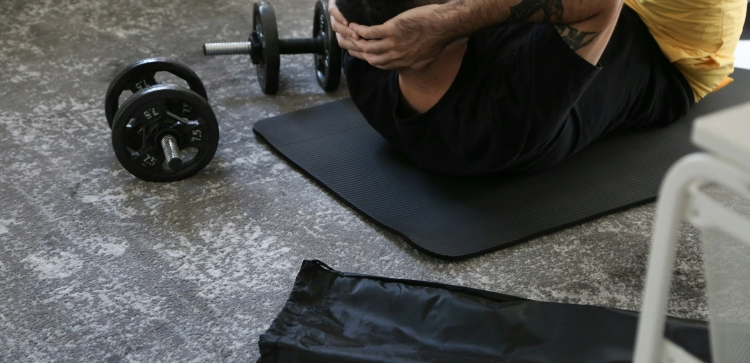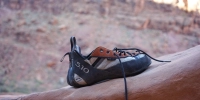What's The Impact Of High Altitude On Climbing Performance?

Climbing is an exciting sport that takes climbers to breathtaking heights, both figuratively and literally. While climbing a mountain or taking on high-altitude climbs offers a unique experience and sense of accomplishment, it also has a set of challenges that can significantly impact climbing performance. Let's explore how high-altitude environments affect climbers, the physiological changes that occur at high altitudes, strategies for acclimatization, and tips to optimize your performance when reaching those greater heights.
The Physiology of High Altitudes
Climbing at very high altitudes presents a few physiological challenges beyond the mental aspect of being so high up, beyond any potential fear.
Oxygen Levels
At high altitudes, the concentration of oxygen in the air decreases, which means climbers have less oxygen available for breathing. This can lead to symptoms like shortness of breath, dizziness, and fatigue. Though you most likely would not experience this on your everyday sport climbing or even big wall climbing routes, this is more in reference to much higher altitudes and mountain climbing.
Acute Mountain Sickness (AMS)
AMS is a common condition that can occur when climbers ascend too quickly. Symptoms include headaches, nausea, and difficulty sleeping. Same as above, this would occur mainly when climbing at much higher altitudes than your normal sport route or big wall.
Altitude-Related Changes
The body undergoes various physiological changes at high altitudes, including increased heart rate, higher respiratory rate, and changes in blood composition. These adaptations are aimed at delivering more oxygen to vital organs.
Challenges at High Altitudes
Reduced Physical Performance
Climbers often experience a decrease in physical performance at high altitudes due to lower oxygen levels. This can make even basic movements feel more challenging.
Climbing Speed
Ascending at high altitudes tends to be slower and more deliberate. Climbers must conserve energy and avoid overexertion.
Strategies for Acclimatization
Gradual Ascent
Climbers can reduce the risk of altitude-related issues by ascending gradually. This allows the body to acclimatize and adapt to the lower oxygen levels.
Stay Hydrated and Well-Fueled
Proper hydration and nutrition are essential at high altitudes. Dehydration can exacerbate altitude-related symptoms.
Adequate Rest
Rest is crucial for acclimatization. Quality sleep and rest days are essential for letting the body adjust.
Climbing at High Altitudes
Climbing at higher altitudes is not like regular sport climbing. It requires a lot of preparation and thorough planning to make sure you are safe at all times. Many even spend months planning their climbing trips depending on the conditions of the area they will be climbing in.
Mental Preparedness
Climbing at high altitudes requires mental resilience. Expect challenges, and stay focused on your goals. It's important to do thorough research into the location you are planning on climbing in to be better aware of the challenges you might be facing and to better prepare for them.
Efficient Movement
Prioritize efficient climbing techniques to conserve energy. Efficient movement becomes even more critical at high altitudes.
Conclusion
Climbing at high altitudes is a unique and rewarding experience, but it comes with its own set of challenges. Understanding the physiological changes that occur at high altitudes and implementing effective acclimatization strategies are essential for a successful ascent. While the reduced oxygen levels may pose challenges, they also offer a chance to test your mental and physical resilience.
As you embark on high-altitude climbs, remember that the journey is as important as the summit. Embrace the challenges, stay safe, and savor every moment as you ascend to greater heights in the world of climbing.












